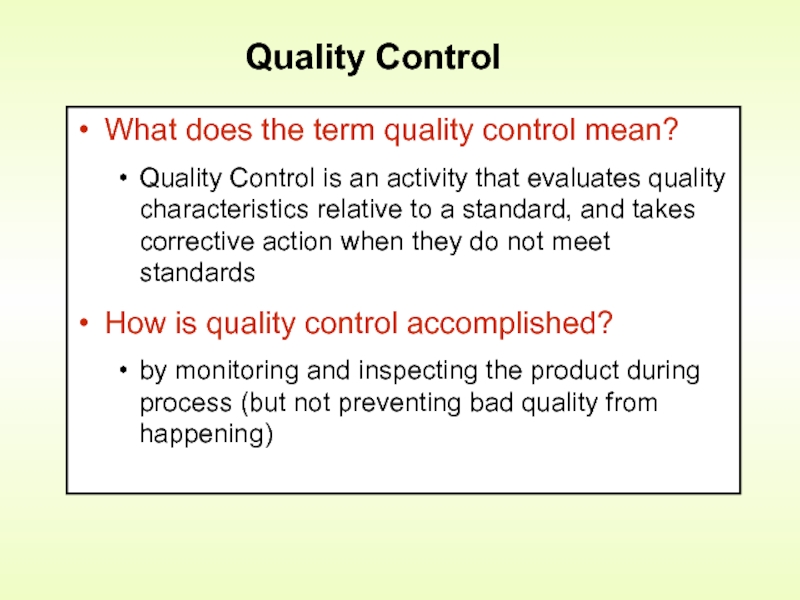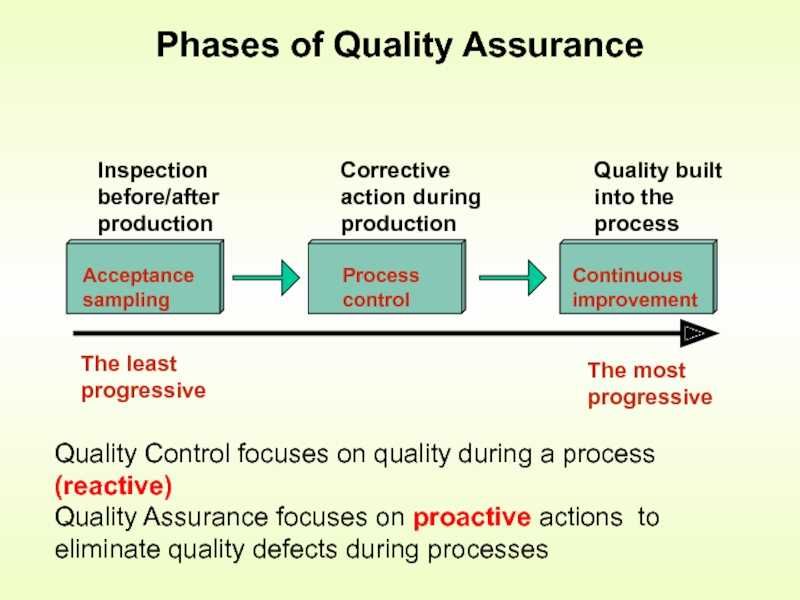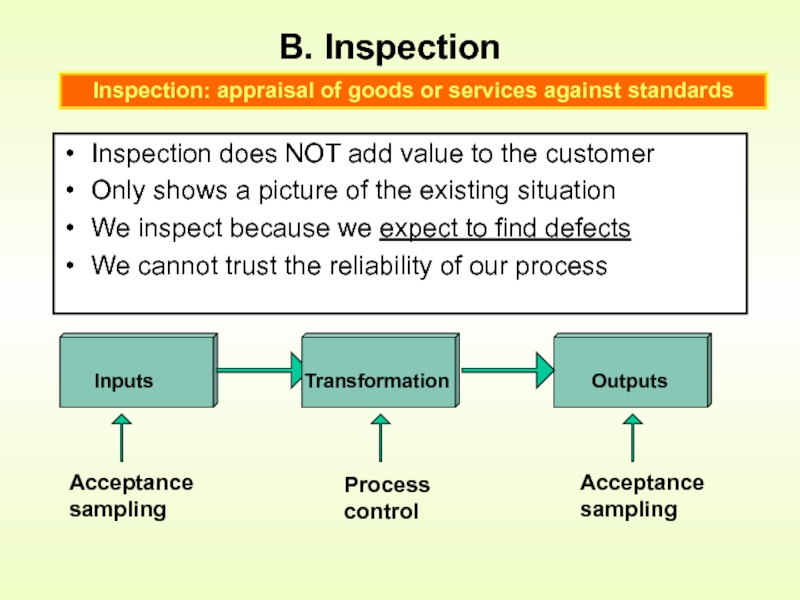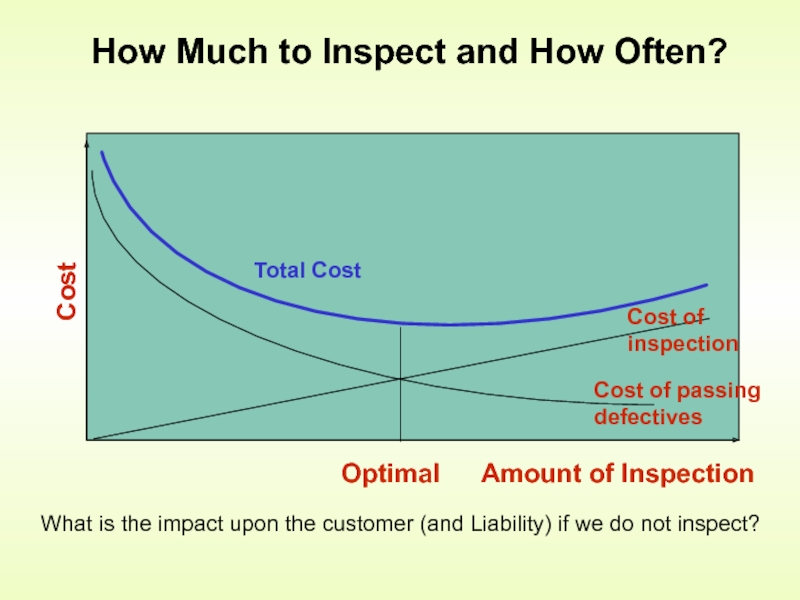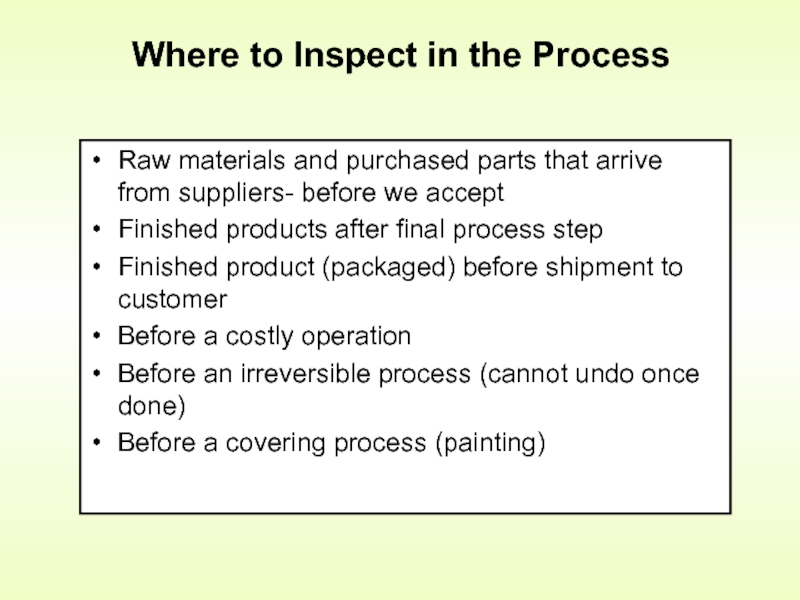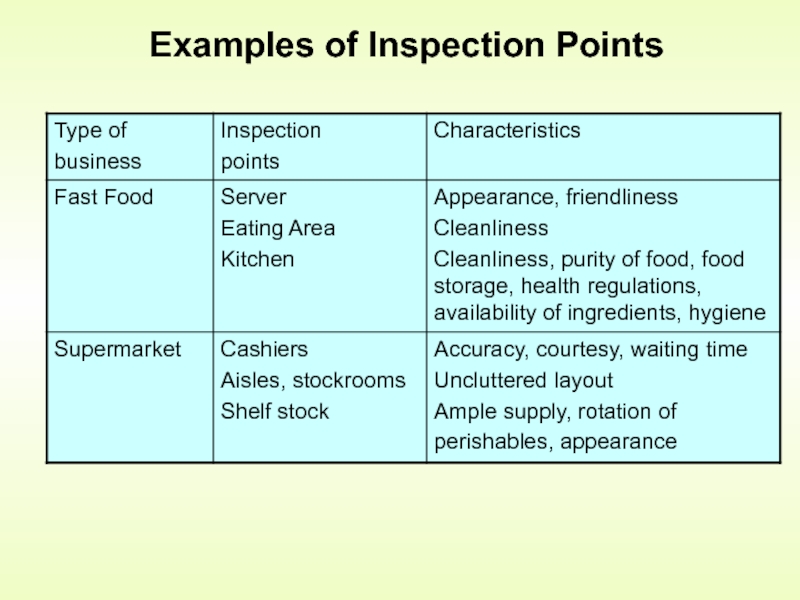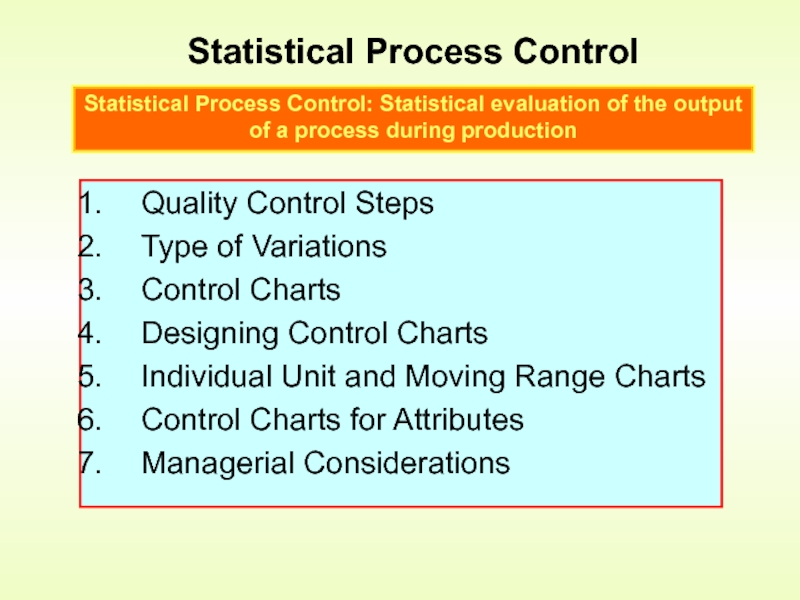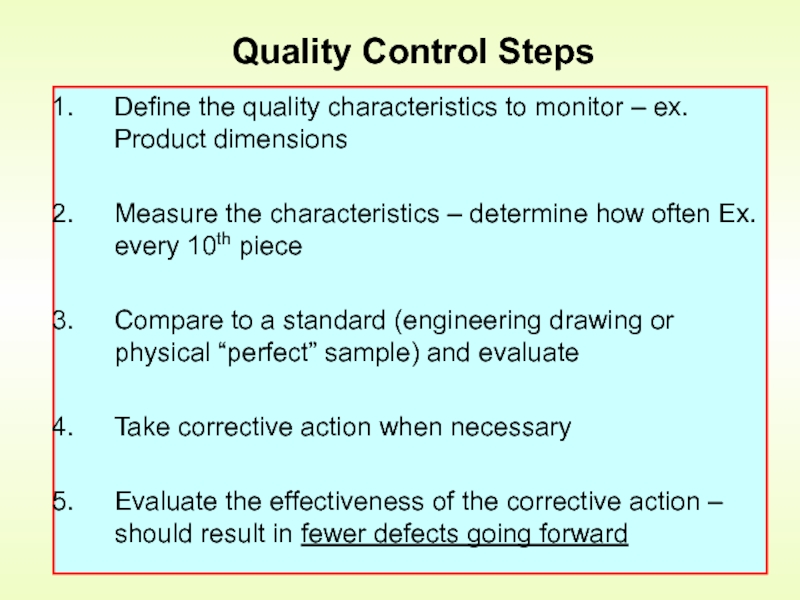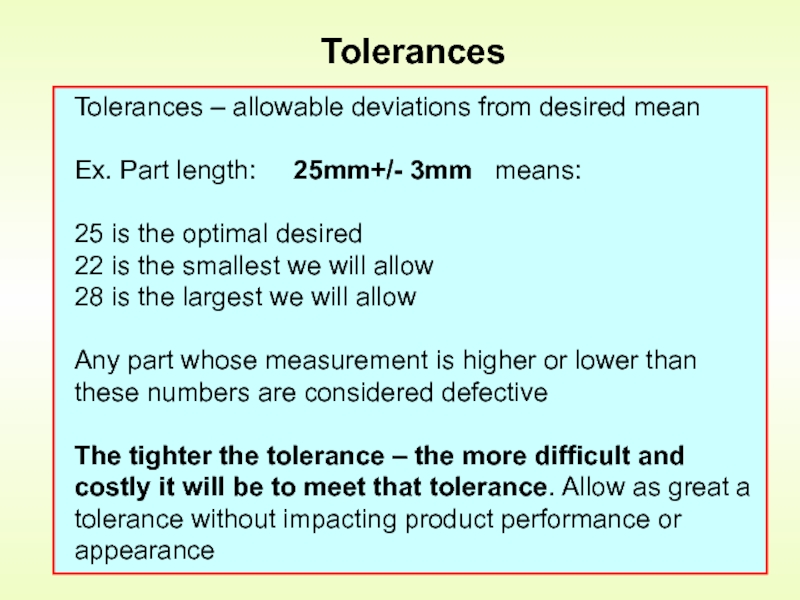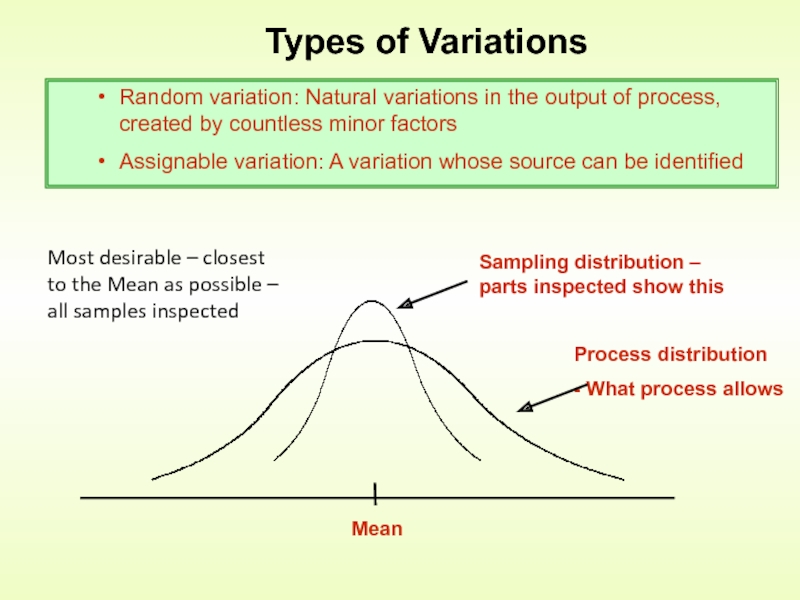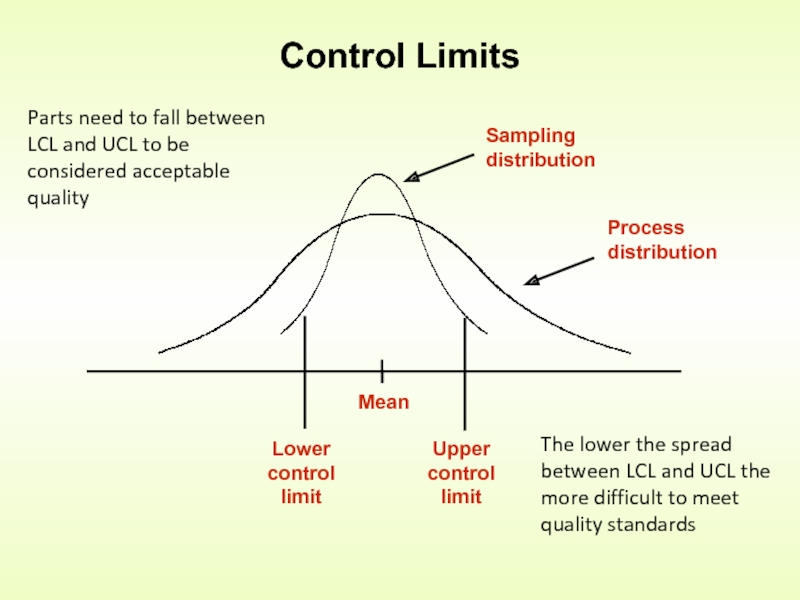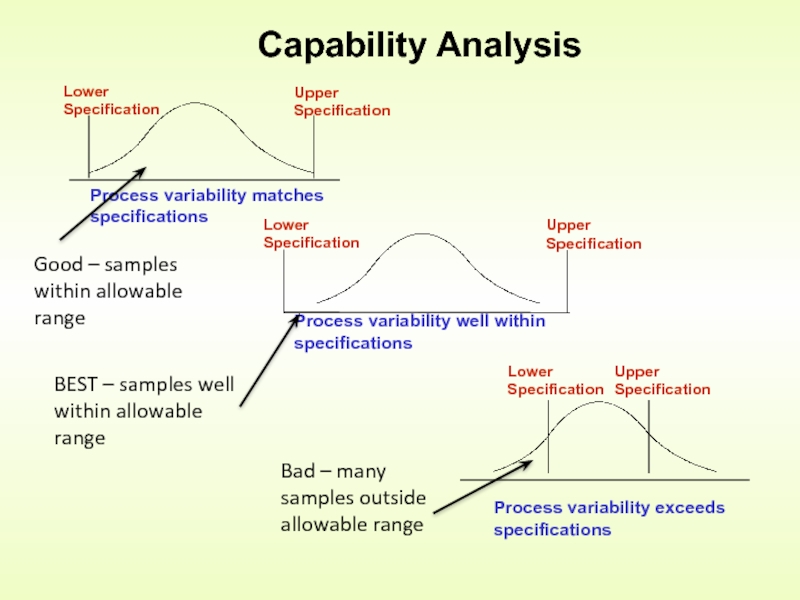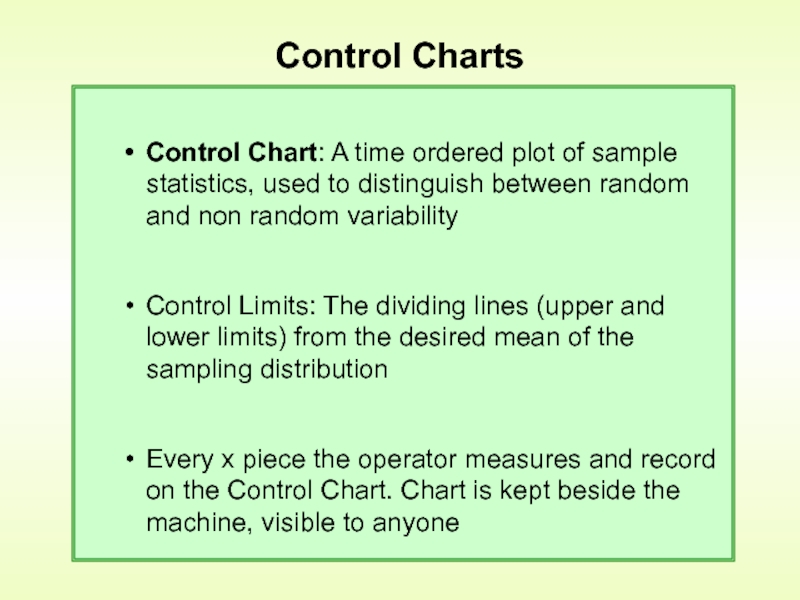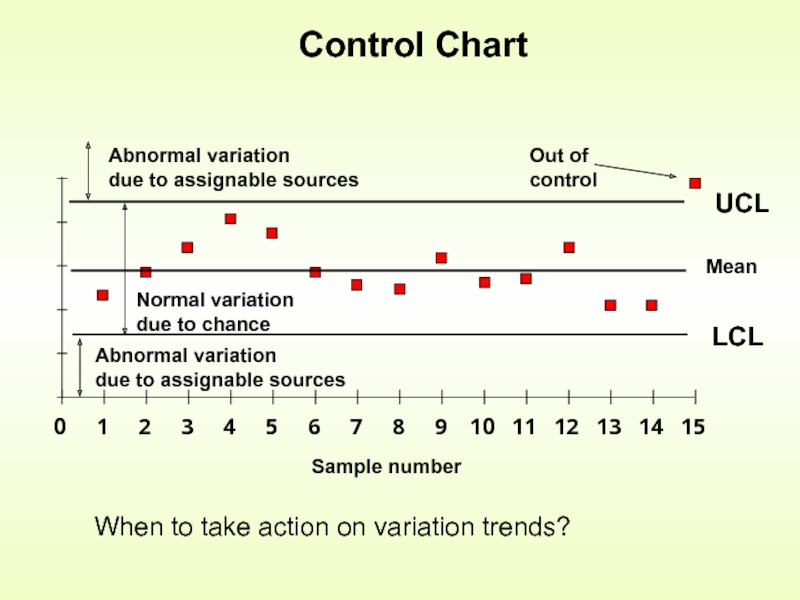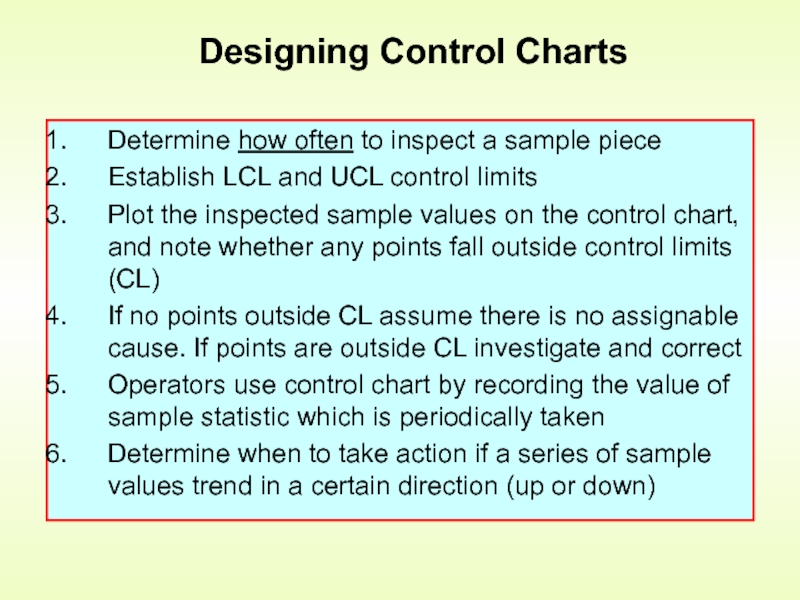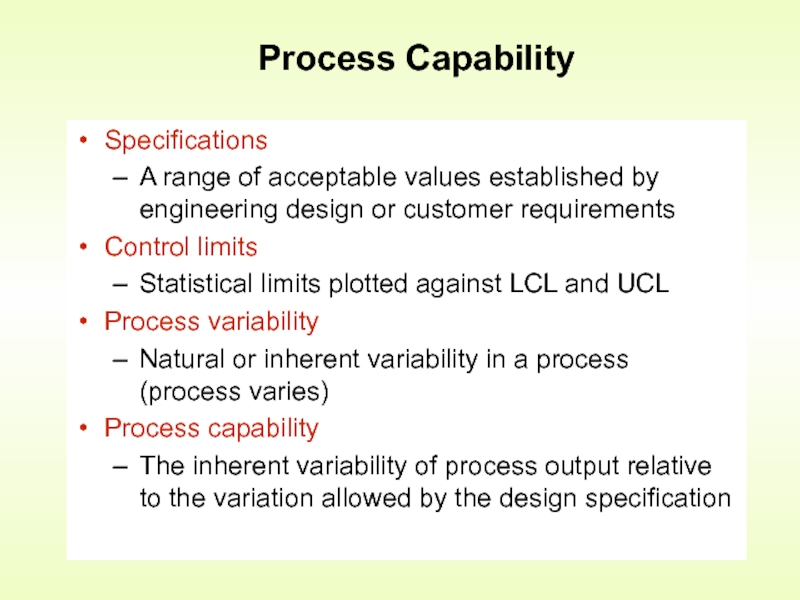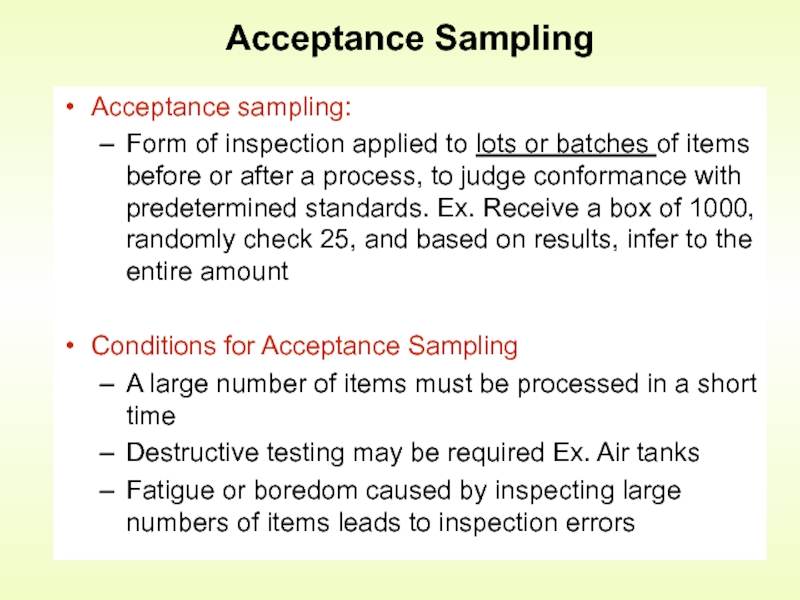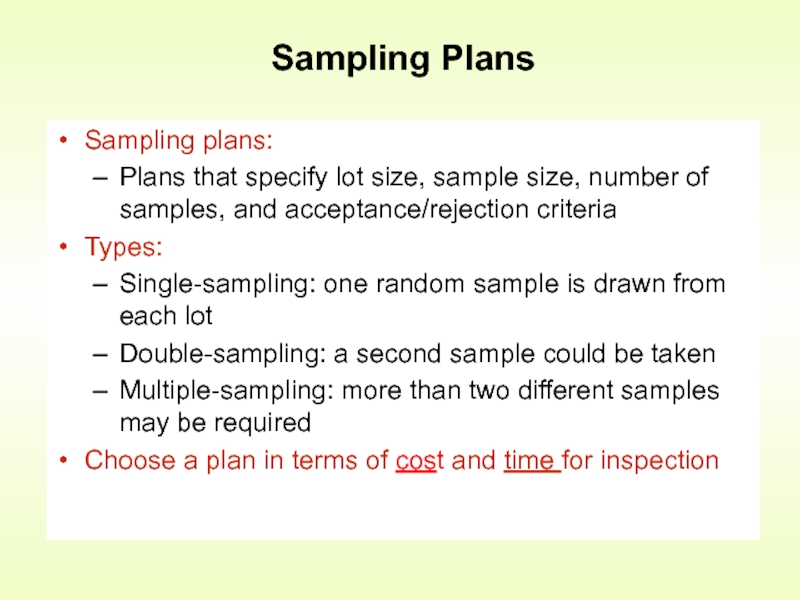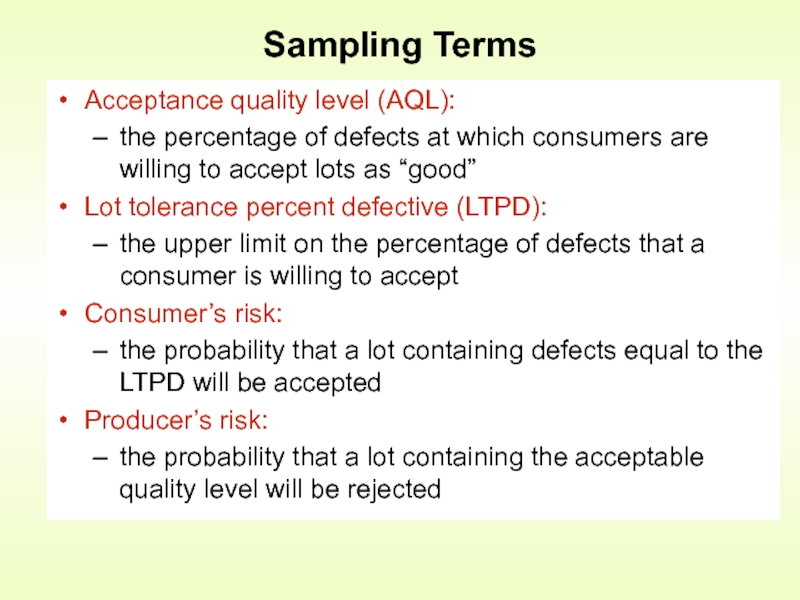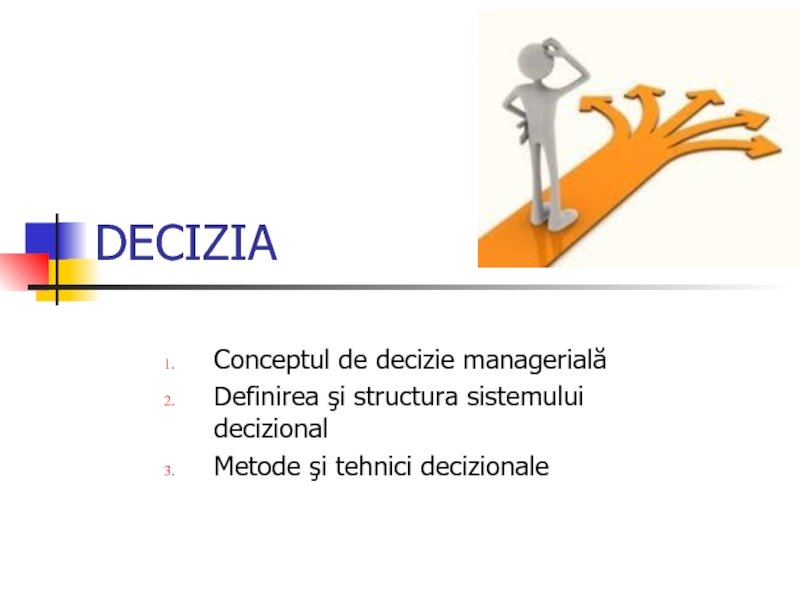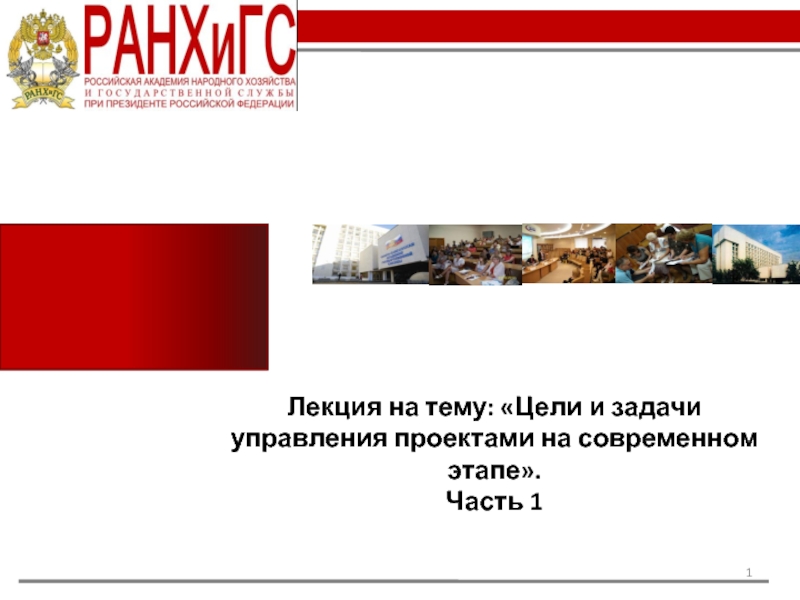- Главная
- Разное
- Дизайн
- Бизнес и предпринимательство
- Аналитика
- Образование
- Развлечения
- Красота и здоровье
- Финансы
- Государство
- Путешествия
- Спорт
- Недвижимость
- Армия
- Графика
- Культурология
- Еда и кулинария
- Лингвистика
- Английский язык
- Астрономия
- Алгебра
- Биология
- География
- Детские презентации
- Информатика
- История
- Литература
- Маркетинг
- Математика
- Медицина
- Менеджмент
- Музыка
- МХК
- Немецкий язык
- ОБЖ
- Обществознание
- Окружающий мир
- Педагогика
- Русский язык
- Технология
- Физика
- Философия
- Химия
- Шаблоны, картинки для презентаций
- Экология
- Экономика
- Юриспруденция
Quality management. Chapter 10 презентация
Содержание
- 1. Quality management. Chapter 10
- 2. Quality Control What does the term quality
- 3. Phases of Quality Assurance Quality Control focuses
- 4. B. Inspection Inspection does NOT add value
- 5. How Much to Inspect and How Often?
- 6. Where to Inspect in the Process Raw
- 7. Examples of Inspection Points
- 8. Statistical Process Control: Statistical evaluation of the
- 9. Quality Control Steps Define the quality characteristics
- 10. Tolerances Tolerances – allowable deviations from
- 11. Types of Variations Random variation: Natural variations
- 12. Control Limits Parts need to fall between
- 13. Capability Analysis Good – samples within allowable
- 14. Control Charts Control Chart: A time
- 15. Control Chart When to take action on variation trends?
- 16. Designing Control Charts Determine how often to
- 17. Specifications A range of acceptable values established
- 18. Acceptance Sampling Acceptance sampling: Form
- 19. Sampling Plans Sampling plans: Plans that
- 20. Sampling Terms Acceptance quality level (AQL):
Слайд 2Quality Control
What does the term quality control mean?
Quality Control is an
How is quality control accomplished?
by monitoring and inspecting the product during process (but not preventing bad quality from happening)
Слайд 3Phases of Quality Assurance
Quality Control focuses on quality during a process
Quality Assurance focuses on proactive actions to eliminate quality defects during processes
Слайд 4B. Inspection
Inspection does NOT add value to the customer
Only shows a
We inspect because we expect to find defects
We cannot trust the reliability of our process
Inspection: appraisal of goods or services against standards
Слайд 5How Much to Inspect and How Often?
What is the impact upon
Слайд 6Where to Inspect in the Process
Raw materials and purchased parts that
Finished products after final process step
Finished product (packaged) before shipment to customer
Before a costly operation
Before an irreversible process (cannot undo once done)
Before a covering process (painting)
Слайд 8Statistical Process Control: Statistical evaluation of the output of a process
Statistical Process Control
Quality Control Steps
Type of Variations
Control Charts
Designing Control Charts
Individual Unit and Moving Range Charts
Control Charts for Attributes
Managerial Considerations
Слайд 9Quality Control Steps
Define the quality characteristics to monitor – ex. Product
Measure the characteristics – determine how often Ex. every 10th piece
Compare to a standard (engineering drawing or physical “perfect” sample) and evaluate
Take corrective action when necessary
Evaluate the effectiveness of the corrective action – should result in fewer defects going forward
Слайд 10Tolerances
Tolerances – allowable deviations from desired mean
Ex. Part length:
25 is the optimal desired
22 is the smallest we will allow
28 is the largest we will allow
Any part whose measurement is higher or lower than these numbers are considered defective
The tighter the tolerance – the more difficult and costly it will be to meet that tolerance. Allow as great a tolerance without impacting product performance or appearance
Слайд 11Types of Variations
Random variation: Natural variations in the output of process,
Assignable variation: A variation whose source can be identified
Most desirable – closest to the Mean as possible – all samples inspected
Слайд 12Control Limits
Parts need to fall between LCL and UCL to be
The lower the spread between LCL and UCL the more difficult to meet quality standards
Слайд 13Capability Analysis
Good – samples within allowable range
Bad – many samples outside
BEST – samples well within allowable range
Слайд 14Control Charts
Control Chart: A time ordered plot of sample statistics, used
Control Limits: The dividing lines (upper and lower limits) from the desired mean of the sampling distribution
Every x piece the operator measures and record on the Control Chart. Chart is kept beside the machine, visible to anyone
Слайд 16Designing Control Charts
Determine how often to inspect a sample piece
Establish LCL
Plot the inspected sample values on the control chart, and note whether any points fall outside control limits (CL)
If no points outside CL assume there is no assignable cause. If points are outside CL investigate and correct
Operators use control chart by recording the value of sample statistic which is periodically taken
Determine when to take action if a series of sample values trend in a certain direction (up or down)
Слайд 17Specifications
A range of acceptable values established by engineering design or customer
Control limits
Statistical limits plotted against LCL and UCL
Process variability
Natural or inherent variability in a process (process varies)
Process capability
The inherent variability of process output relative to the variation allowed by the design specification
Process Capability
Слайд 18Acceptance Sampling
Acceptance sampling:
Form of inspection applied to lots or
Conditions for Acceptance Sampling
A large number of items must be processed in a short time
Destructive testing may be required Ex. Air tanks
Fatigue or boredom caused by inspecting large numbers of items leads to inspection errors
Слайд 19Sampling Plans
Sampling plans:
Plans that specify lot size, sample size, number
Types:
Single-sampling: one random sample is drawn from each lot
Double-sampling: a second sample could be taken
Multiple-sampling: more than two different samples may be required
Choose a plan in terms of cost and time for inspection
Слайд 20Sampling Terms
Acceptance quality level (AQL):
the percentage of defects at which
Lot tolerance percent defective (LTPD):
the upper limit on the percentage of defects that a consumer is willing to accept
Consumer’s risk:
the probability that a lot containing defects equal to the LTPD will be accepted
Producer’s risk:
the probability that a lot containing the acceptable quality level will be rejected

